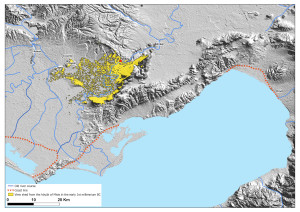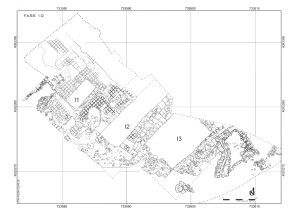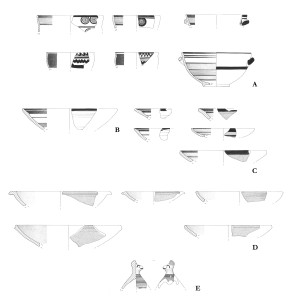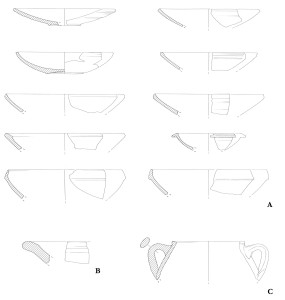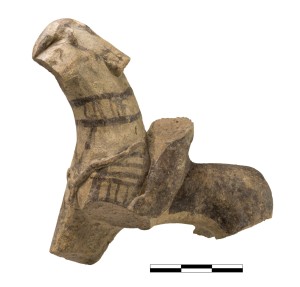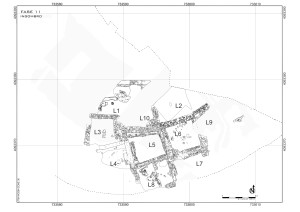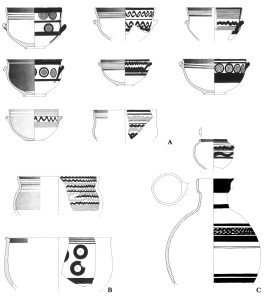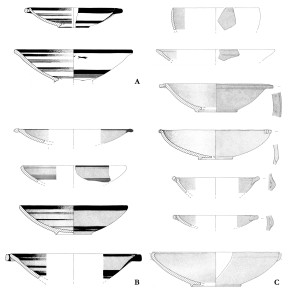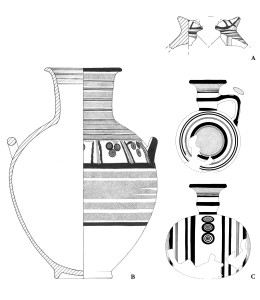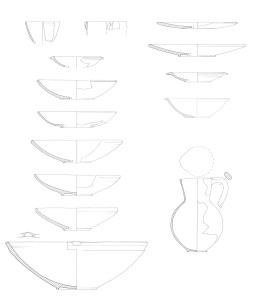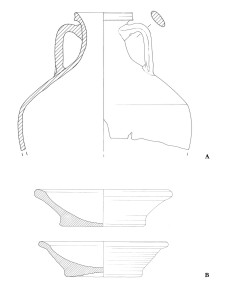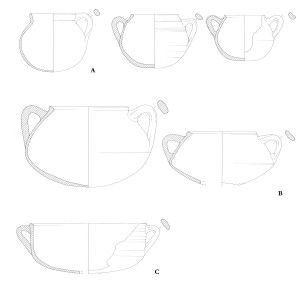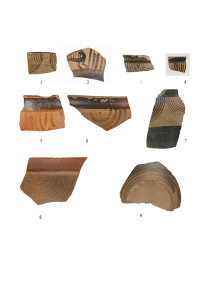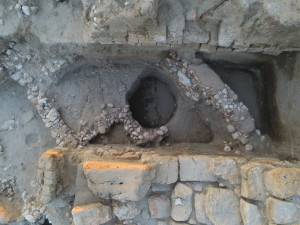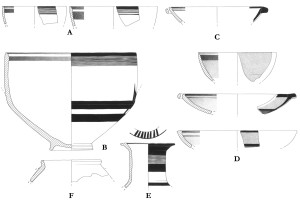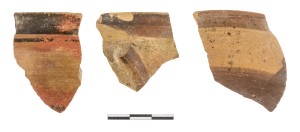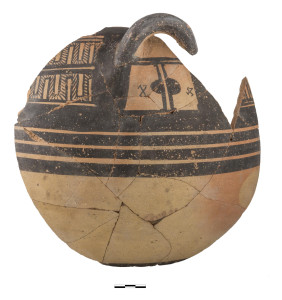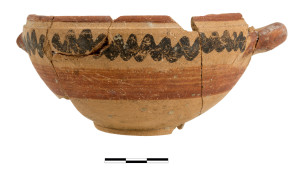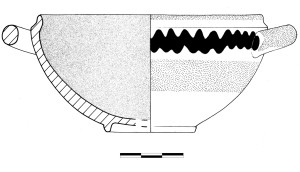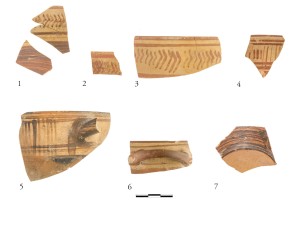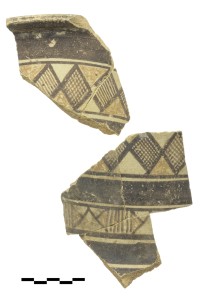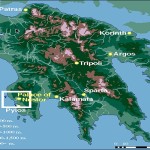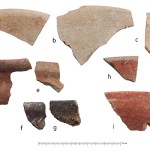Misis (ancient Mopsouestia) and the Plain of Cilicia in the Early First Millennium BC: Material Entanglements, Cultural Boundaries, and Local Identities
Anna Lucia D’Agata
Situated within the sphere of influence of the major core areas of the ancient Near Eastern civilizations, the plain of Cilicia can easily be defined as a border zone where different systems interact. The early first millennium BC was a period of deep social and political interaction in the region which took place among groups of populations of different origins, including Luwian-speakers, Phoenicians, Cypriots and, probably, Greeks. Delimited by the Taurus and the Amanus ranges, and the Mediterranean coast, it constituted the Neo-Hittite state of Que, the capital of which was ancient Adana. The results of the cultural mixing are clearly visible in the material culture assemblages that are known from the major centres of the region, among which Misis, the site of ancient Mopsouestia, must be counted. The purpose of this paper is to focus on the phenomena of entanglement in Iron Age II Misis and their relevance for a better understanding of the making of the local social fabric. It also intends to show how a condition of extended multiculturalism contributed to shaping the cultural identity and the social practices of the Cilician city.
Figures
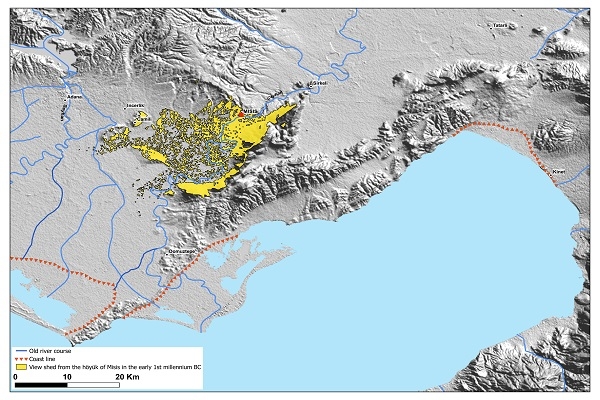
D’Agata A.L. 2019, Misis (Ancient Mopsouestia) and the Plain of Cilicia in the Early First Millennium BC: Material Entanglements, Cultural Boundaries, and Local Identities, SMEA NS 5, 87-110.

